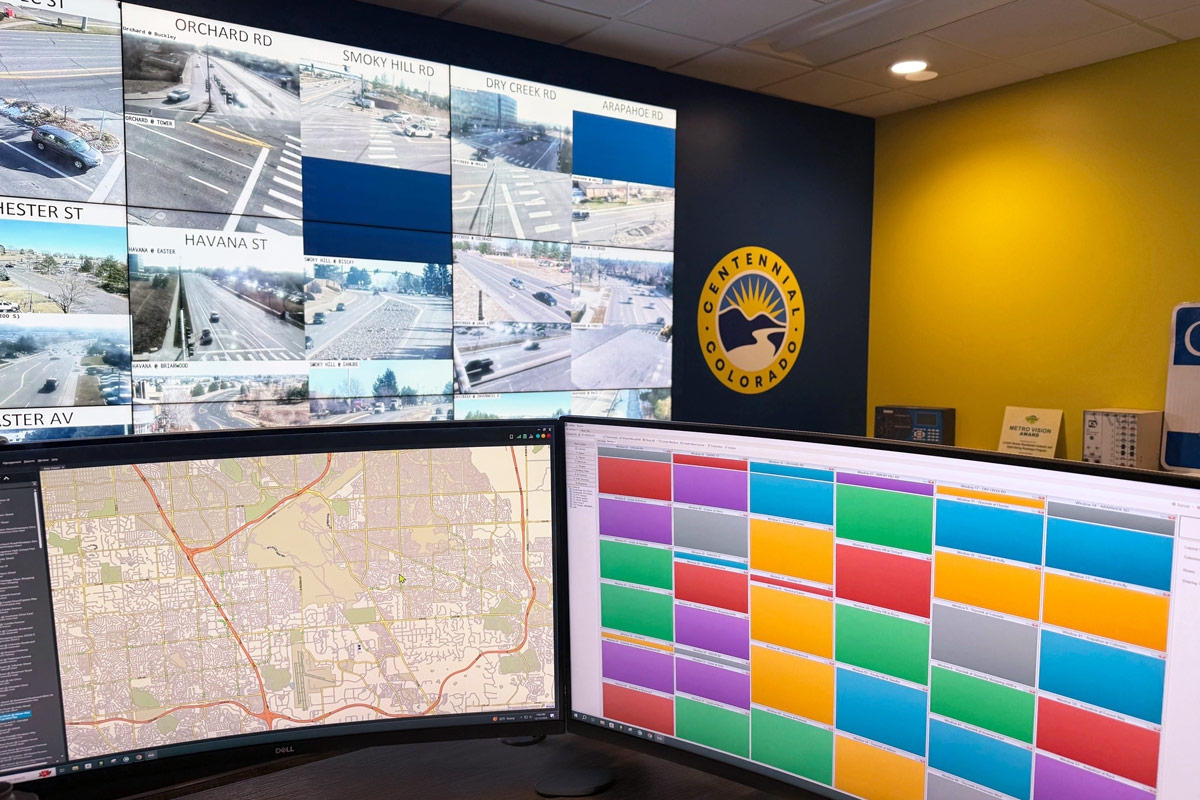U.S. Missile Defense Agency Conducts Missile Test Evaluations with Advanced Digital Recording Technology
The United States faces an expanding threat of missile strikes as more countries gain the capability to launch offensive missiles at the U.S. and its allies. Presently, there is no national missile system in place to protect the Continental U.S. from long-range missile threats. The directive of the U.S. National Missile Defense Act of 1999 is to deploy as soon as is technologically possible an effective National Missile Defense system capable of defending the territory of the United States against limited ballistic missile attack, whether accidental, unauthorized, or deliberate.
The U.S. Missile Defense Agency's (MDA) mission is to develop, test and prepare for the deployment of a national ballistic missile defense system (BMDS). The BDMS plan incorporates an array of complementary missile interceptors, land, sea, air and space-based sensors, and battle management command and control systems to engage all classes of ballistic missile threats. BDMS involves the Army, Navy, and Air Force to provide a comprehensive, multi-pronged defense system. MDA's role includes the BMDS system design, proof of concept assessment, and continuous evaluation of production, deployment and operational alternatives to provide emerging warfighting capability.
One of MDA's key functions is to devise and perform live missile system test missions. Live viewing and after action review of these test missions are conducted at the Remote Mission Monitoring facility in MDA's headquarters in Arlington, Virginia. Participants include generals, command personnel, program managers and engineers. MDA enlisted the IT and multi-media technology expertise of systems integrator Layer 8 Technology Inc. of Huntstville, Alabama, to equip the Remote Mission Monitoring facility (RMM) with a sophisticated multi-image display system and command and control IT infrastructure.
According to George Koepplinger, Director of Layer 8 Technology Huntsville operations, "The primary function of the RMM facility is conduct live monitoring and review of a remote missile systems test. One mission-critical element of the RMM display system is the ability to record multiple high resolution signals tracking the missile test in action. MDA required a digital recording technology that would record in real time, provide faithful reproduction and provide immediate replay capability. Following extensive research and evaluation, we selected RGB Spectrum's DGx™ multi-channel digital recording system. We have deployed three DGx units in the RMM facility".
Koepplinger continued, "the DGx units met our desire for a complete COTS, turnkey recording solution that was cost effective and provided the high level of performance required. Their compact footprint works well in our space constrained environment. We installed the DGx units in a portable rack system giving us the mobility we need."
Each DGx unit records four high resolution input signals simultaneously for a total of 12 concurrently recorded sources. The DGx units record missile telemetry animation generated from graphic workstations, a variety of sophisticated space- based, ground-based, and airborne sensor and instrument data, radar images, satellite-downlinked high-speed photographs, ground based infrared and video cameras, missile-mounted video cameras, as well as audio.
The Remote Mission Monitoring facility display system consists of six 55-inch Clarity Visual Systems UXGA display cubes a nd two 50-inch Panasonic plasma displays. In after action review in the RMM, the recordings from the three DGx units are routed through a video wall controller, providing display configuration flexibility and crop, pan, and zoom functions. The recorded outputs from the DGx units are displayed either full screen or in quad mode on each of the cubes and plasma screens. The result is an expansive, comprehensive replay of all pertinent live test data and visuals for more effective evaluation and assessment.
Koepplinger concluded, "Overall, we are very pleased with the DGx systems. The reproduction of symbology, small text, and intricate graphics looks really good. The audio playback is also high quality. The DGx's ability to immediately replay recordings with random access is a critical benefit."
Layer 8 Technology Inc. designs, installs, and maintains information technology systems for military applications such as command and control, telecommunications networks, data distribution and analysis, and communications. Layer 8 Technology is based in Huntsville, Alabama with an additional office in Colorado. For more information, call 256-656-9608 or visit www.layer8technology.com.
The U.S. Missile Defense Agency (MDA) operates under the Department of Defense with the mission to develop and field an integrated Ballistic Missile Defense System (BDMS) capable of providing a layered defense against ballistic missiles of all ranges in all phases of flight. For more information, visithttp://www.acq.osd.mil/mda/mdalink/html/mdalink.html.
RGB Spectrum is a leading designer and manufacturer of mission-critical, real-time audio-visual solutions for a civilian, government, and military client base. The company offers integrated hardware, software, and control systems to satisfy the most demanding requirements. Since 1987, RGB Spectrum has been dedicated to helping its customers achieve Better Decisions. Faster.™


